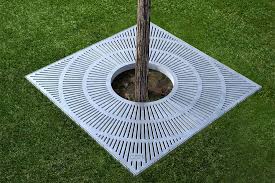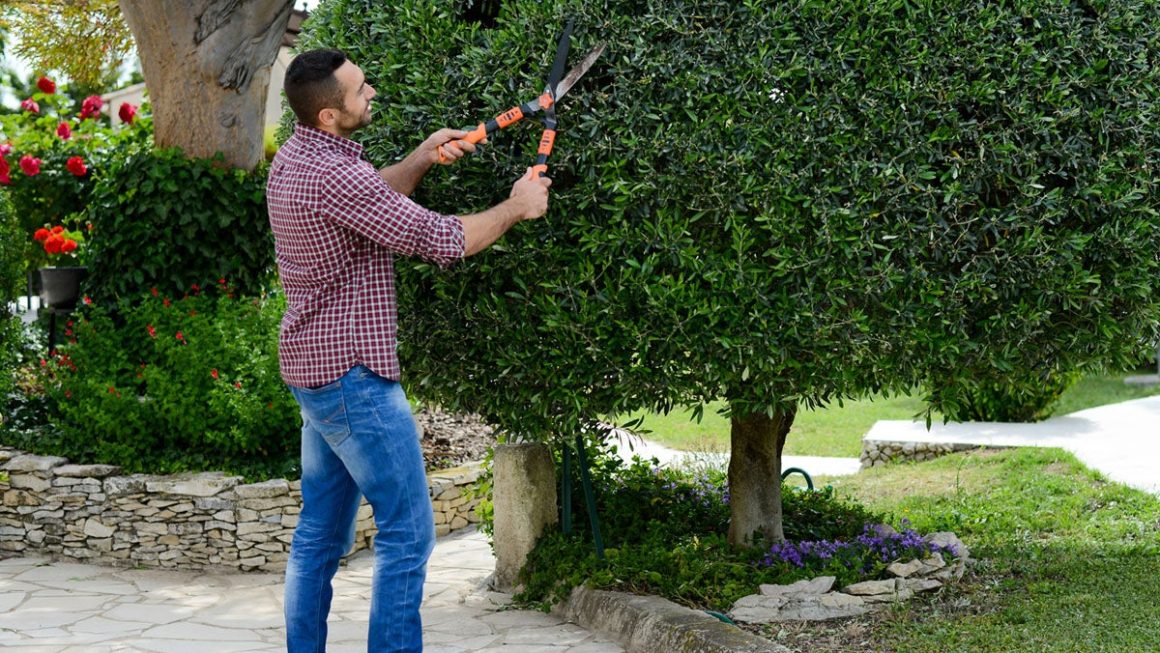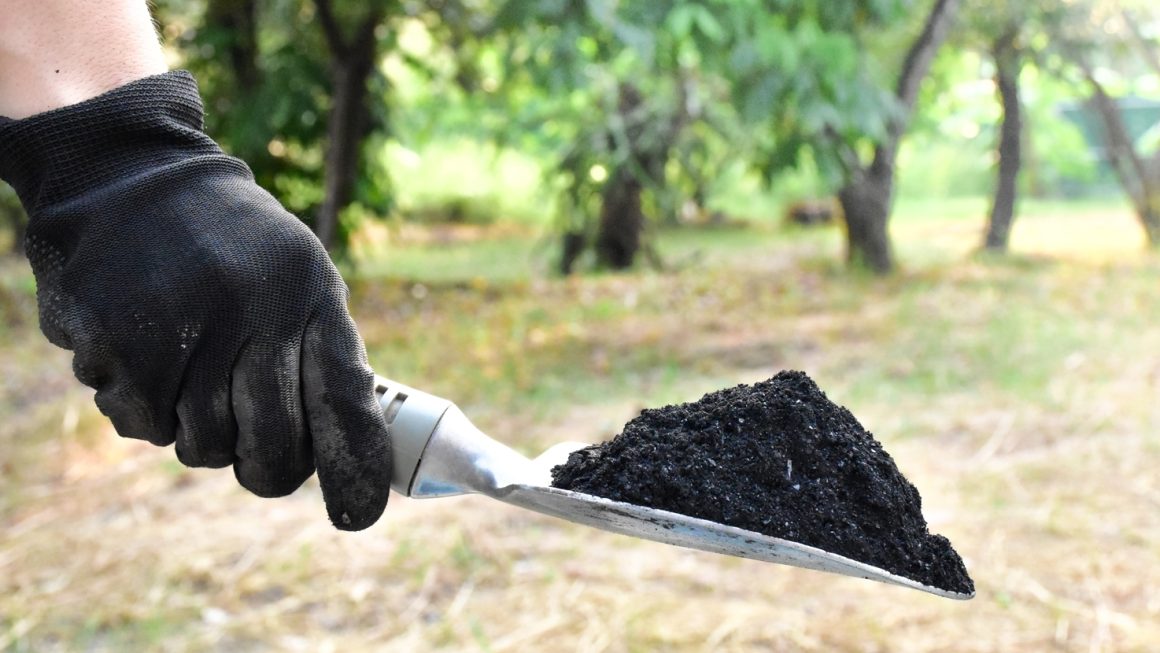Trees can add aesthetics to any environment, whether urban or rural. They can keep your home cool and make commercial establishments more inviting. If you want to protect your trees, you need to consider using tree grates. Roots that aren’t covered by grates can be damaged by cars, lawnmowers, and other implements used in the area. They may also pop out and create an uneven surface.
There are different types of tree grates available in the market. Unfortunately, finding the right tree grate type can be challenging, especially if you’re unfamiliar with the options. In this article, you’ll learn how to find the right tree grate type for your needs. Here are a few factors you’ll need to consider.
The Type of Tree
Trees grow differently. Some have a single trunk with branches evenly spaced out around it. Others have multiple trunks that grow close together. Some are cone-shaped, while others are more columnar. The type of tree you have will play a role in what kind of grate works best for you. For example, if you have a single-trunked tree, you’ll want a grate that doesn’t obstruct the trunk too much. If you have a columnar tree, on the other hand, you’ll need a grate that’s more open so that the tree has room to breathe.
Your tree’s root system will also affect the type of grate you select. If your tree has a shallow root system, you’ll want to avoid grates that are too heavy or have sharp edges because they can damage them. On the other hand, if you have trees with deep roots, you’ll want to make sure the grate you select can accommodate them.
The Size of Your Trees
Most trees will fall into one of three categories: small, medium, or large. The size of the tree will determine the size of the tree grate you need. Small trees have a diameter of up to 2 feet. The roots of these trees are shallow, so they need less room to grow. A small tree grate should have an opening at least 18 inches in diameter.
Medium trees have a diameter of 2-4 feet. Most of their roots go deeper into the soil, and they may need more room to flourish. Grates with openings at least 36 inches in diameter can work well for these trees.
Large trees have a diameter of 4 feet and more. They need the most room to grow, so it’s best to choose a tree grate with an opening at least 48 inches in diameter if you want the tree to stay healthy.
The Purpose of the Grate
Tree grates can be used for several reasons. They can be used to protect the roots, prevent people from walking on the tree’s base, help with drainage, and offer an aesthetically pleasing look. Metallic grates are ideal for high-traffic areas because they can support the weight of cars, trucks, buses, and pedestrians. This also makes them suitable for protecting roots from damage.
Concrete grates are suitable for areas with little foot traffic but are subject to more wear and tear from the elements. They are also not as easily moved as metallic grates, so they are not as suitable for areas that require frequent maintenance. If you need grates that offer both aesthetics and function, fiberglass can be a great option. They are durable and highly resistant to weathering, making them perfect for outdoor use. Moreover, they come in various colors and designs to suit your needs and match your landscape.
The Shape of Your Trees
Most trees are either round or oval-shaped, although some can be rectangular. The shape of your tree can help you select the right grate to use. For example, if you have a round-shaped tree, you may want to use a circular grate. This will help to evenly distribute the weight around the tree and prevent the roots from being damaged.
Oval-shaped trees are better suited for rectangular or oval grates. They can be placed under the entire tree, providing more coverage, protection, and stability. This is especially important for trees that are located in high-traffic areas.
The Size of the Grate
Grates come in different sizes to accommodate different tree diameters. The grate you select should be slightly larger than the tree trunk’s diameter to allow room for growth. If you pick a small grate for a large tree or a large grate for a small tree, the grate may become unstable or look out of proportion. To find a grate that’s perfect for your needs, it’s essential to measure the tree trunk before making a purchase. You can also work with a professional to avoid making mistakes.
The Bottom Line
Selecting the best tree grate type for your needs depends on various factors. If you don’t want to make mistakes, it’s best to consult with a professional. They’ll help you figure out what works best for your specific situation. Contact them today to get started on your tree grate selection.



